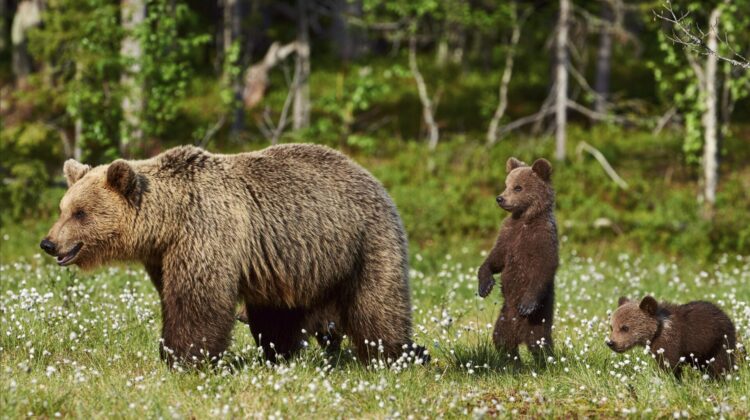
In a regrettable turn of events, wildlife authorities in Montana have been forced to euthanize a grizzly bear mother and her male cub following a series of “several conflicts with people.” The bears, in their relentless quest for food, repeatedly trespassed into cabins, garages, outdoor freezers, unsecured garbage, and even a trailer, according to the Montana Department of Fish, Wildlife, and Parks.
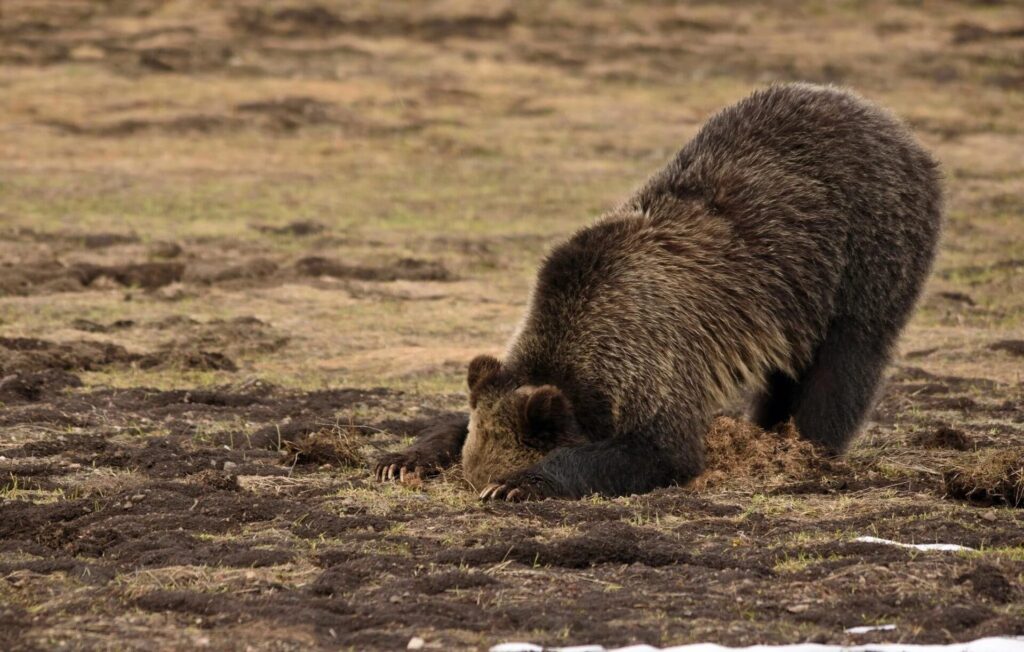
The decision to euthanize both animals was a difficult one, but it followed numerous reports of property damage and safety concerns tied to the mother and cub. Even after officials attempted to relocate the 6-year-old mother and her cub from a populated area back to the wilderness, the bears continued their troublesome behavior.
The initial reports placed the grizzly duo in the Fortine area of Lincoln County, located in northwestern Montana. Here, they were linked to several break-ins involving unsecured garbage in early August. To address the issue, bear specialists decided to move the mother and cub to a forested area near Frozen Lake and Tuchuck Mountain, situated along the Canadian border.
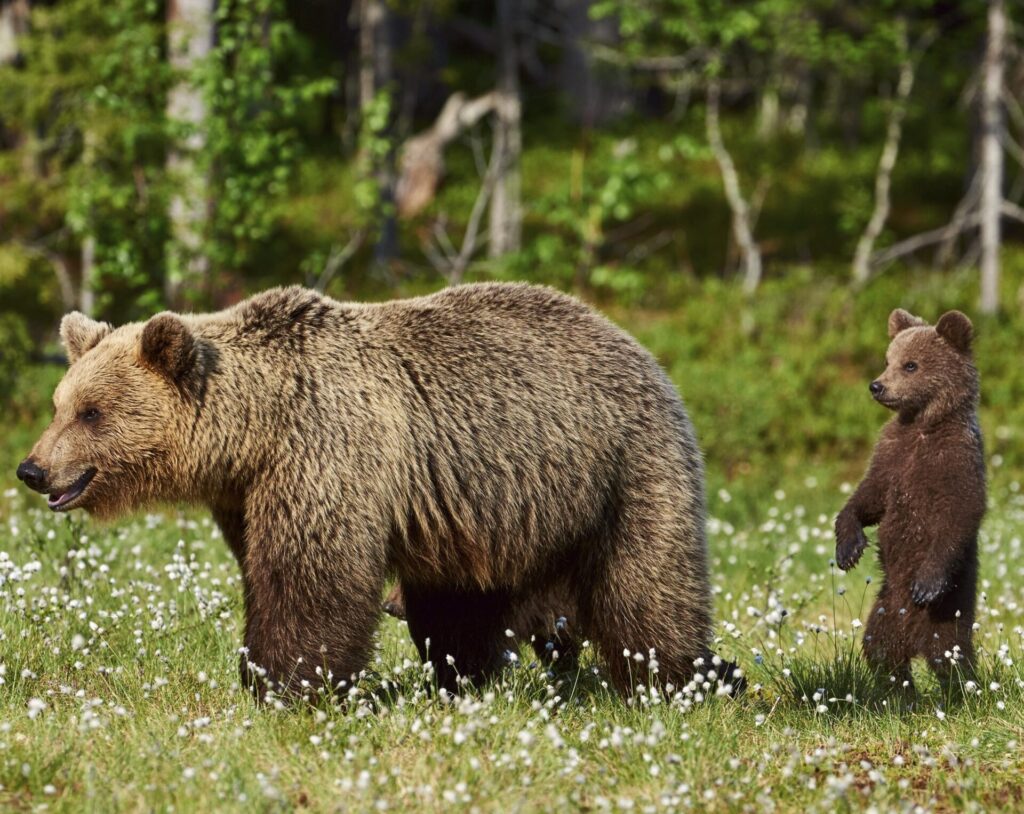
However, despite these efforts, the bears traveled approximately 35 miles south to the northern fork of the Flathead River. Here, they escalated their food-seeking behavior by breaking into cabins, garages, outdoor freezers, and a trailer, causing significant concerns for local residents and authorities alike.
Reports and video evidence indicated that the mother and cub had become “severely food conditioned and habituated to people.” As a result, their euthanization became necessary, in accordance with guidelines established by the Interagency Grizzly Bear Committee—an organization that collaborates with state and local authorities in managing grizzly bear populations across parts of the western United States. The U.S. Fish and Wildlife Service also played a role in this decision.
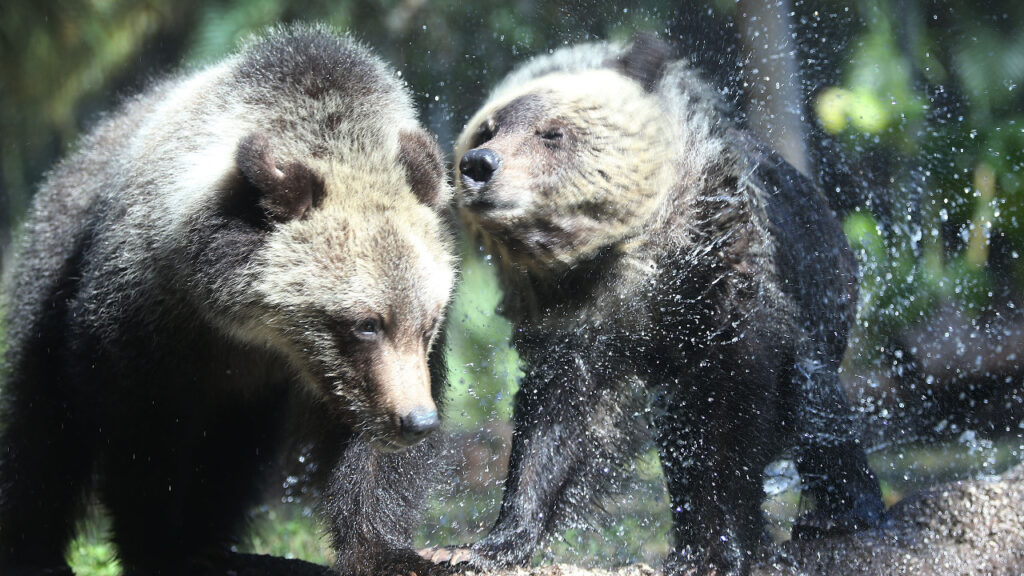
“Food-conditioned and habituated bears” are those that have become accustomed to unnatural food sources, posed threats to human safety, destroyed property, or exhibited aggressive behavior toward humans. The Montana wildlife department noted that attempting to reverse this behavior through “hazing and aversive conditioning” is typically unsuccessful. Once bears have grown too comfortable around people after consuming unnatural or explicitly human food, relocation is no longer a viable option due to the risks they pose.
This unfortunate incident follows recent grizzly bear encounters in Montana, which have raised concerns about human-wildlife interactions. In a separate incident earlier this month, part of a national park in southwestern Montana was temporarily closed after a hunter was severely mauled by a grizzly bear. On September 2, authorities were compelled to euthanize another grizzly bear after it broke into a house near West Yellowstone. This particular grizzly had previously fatally mauled a woman on a forest trail in July and had also attacked an individual in Idaho three years prior.
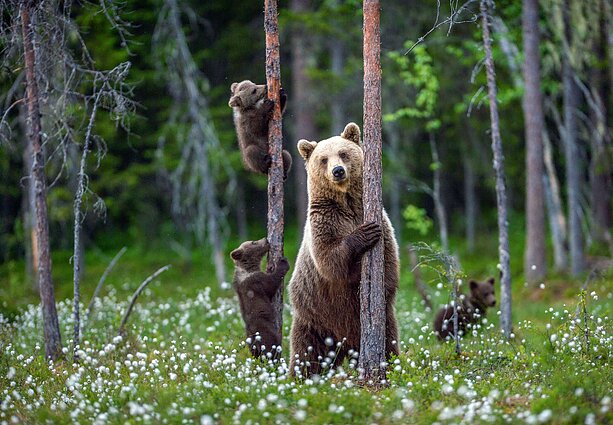
These incidents serve as stark reminders of the challenges and complexities surrounding the coexistence of humans and wildlife in regions where these magnificent but powerful creatures roam. Wildlife authorities continue to work diligently to find ways to minimize conflicts and ensure the safety of both bears and humans in these shared landscapes.

Leave a Reply